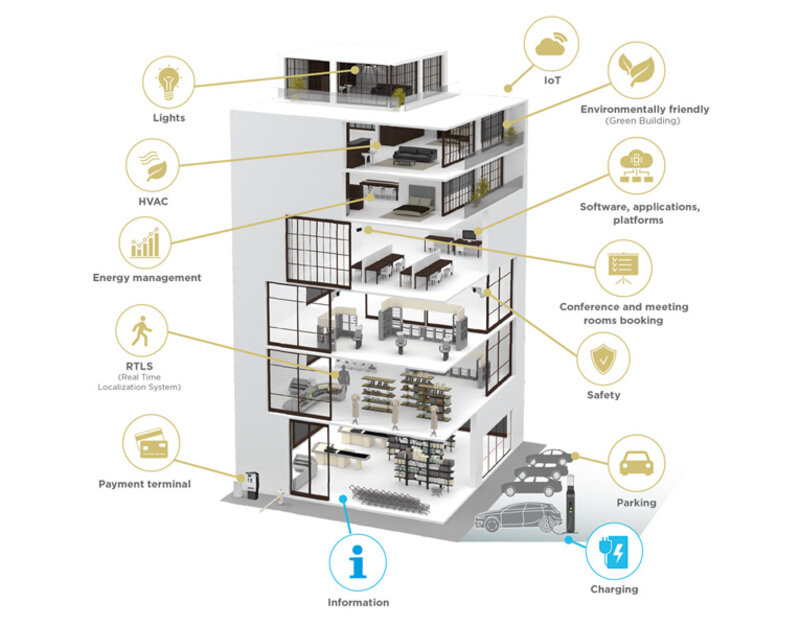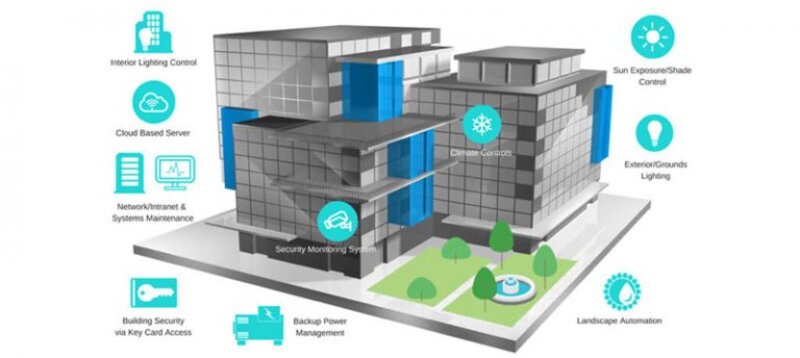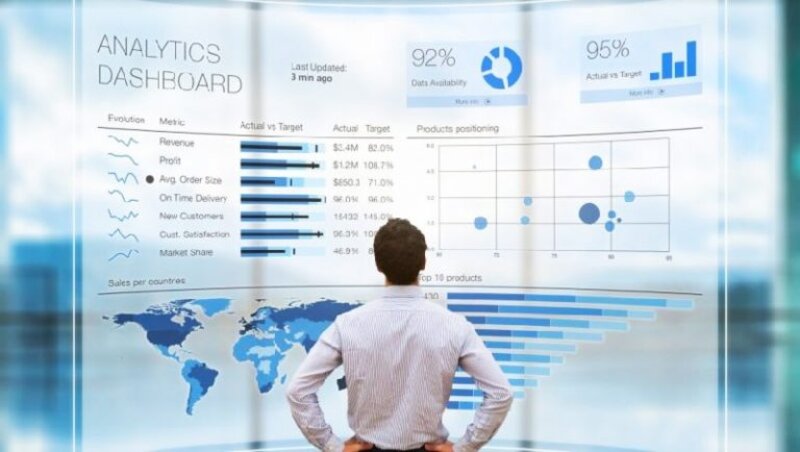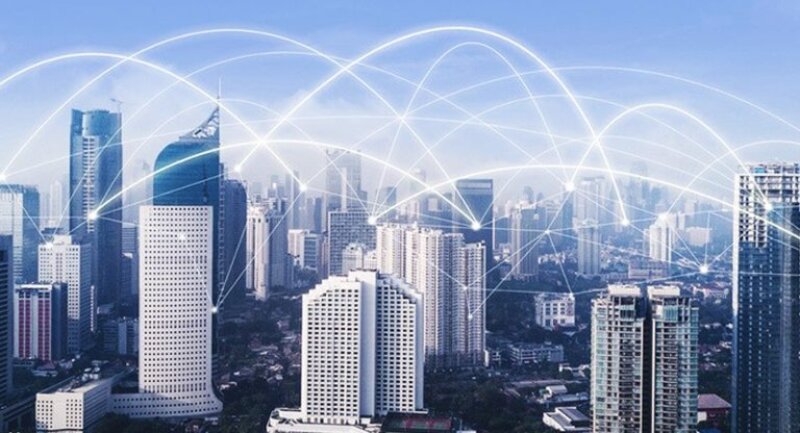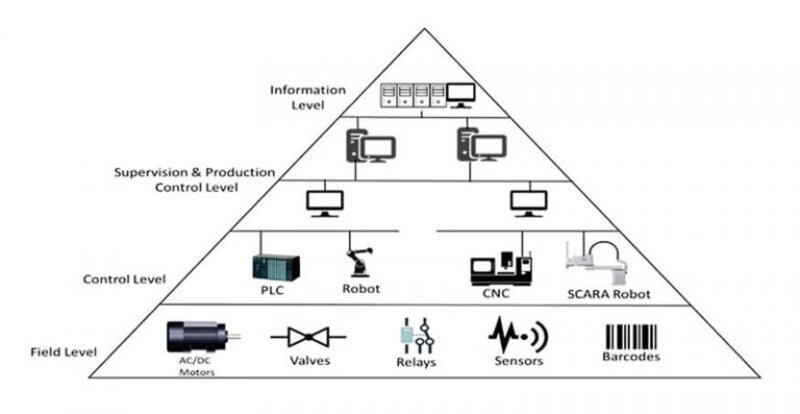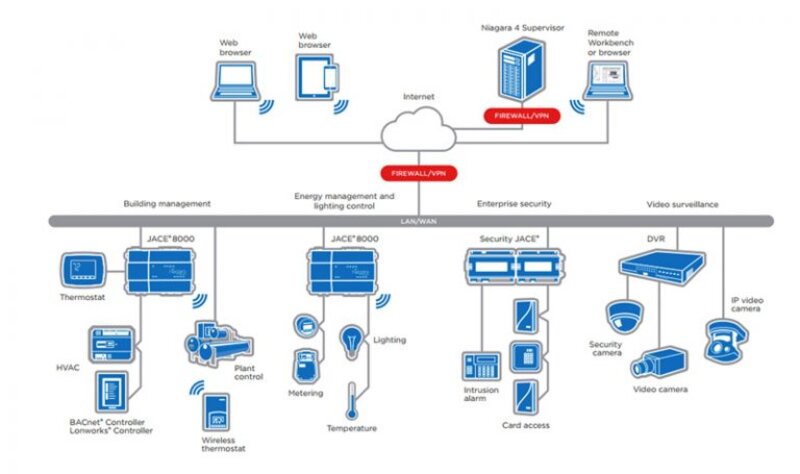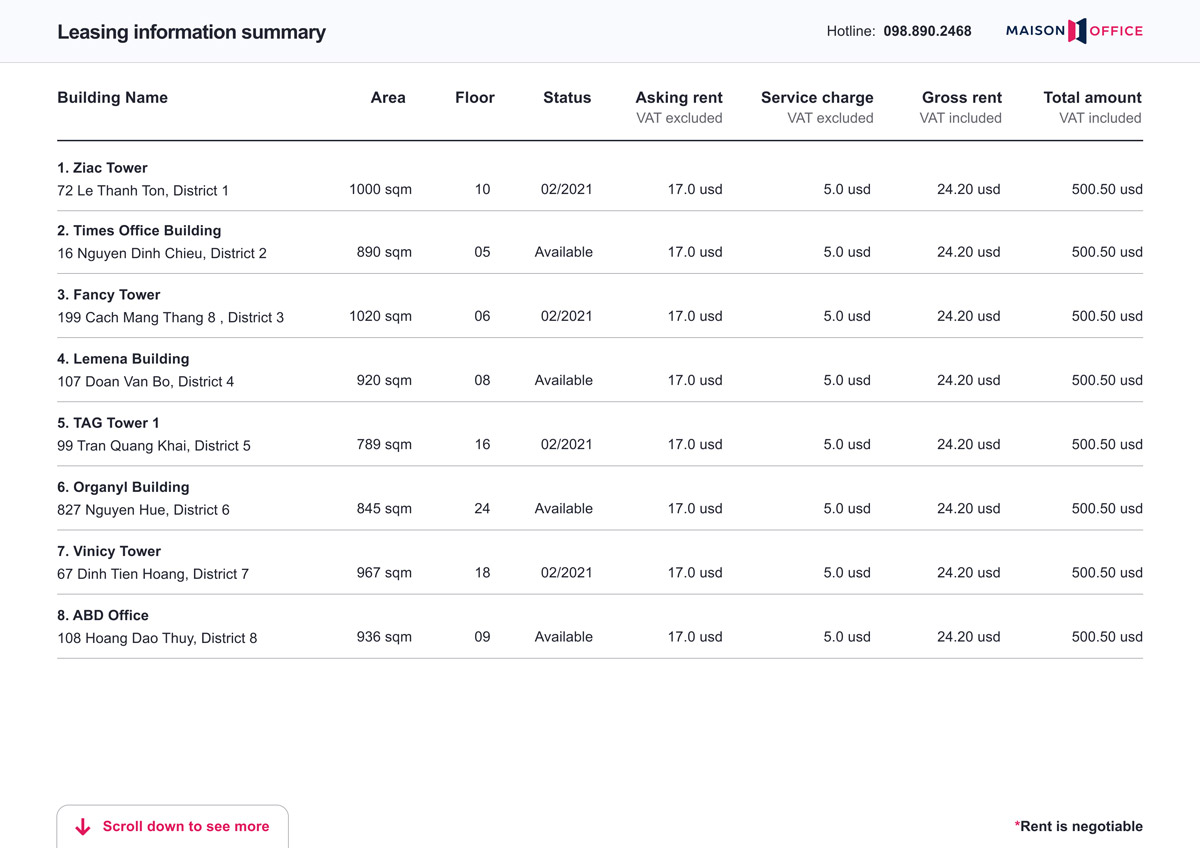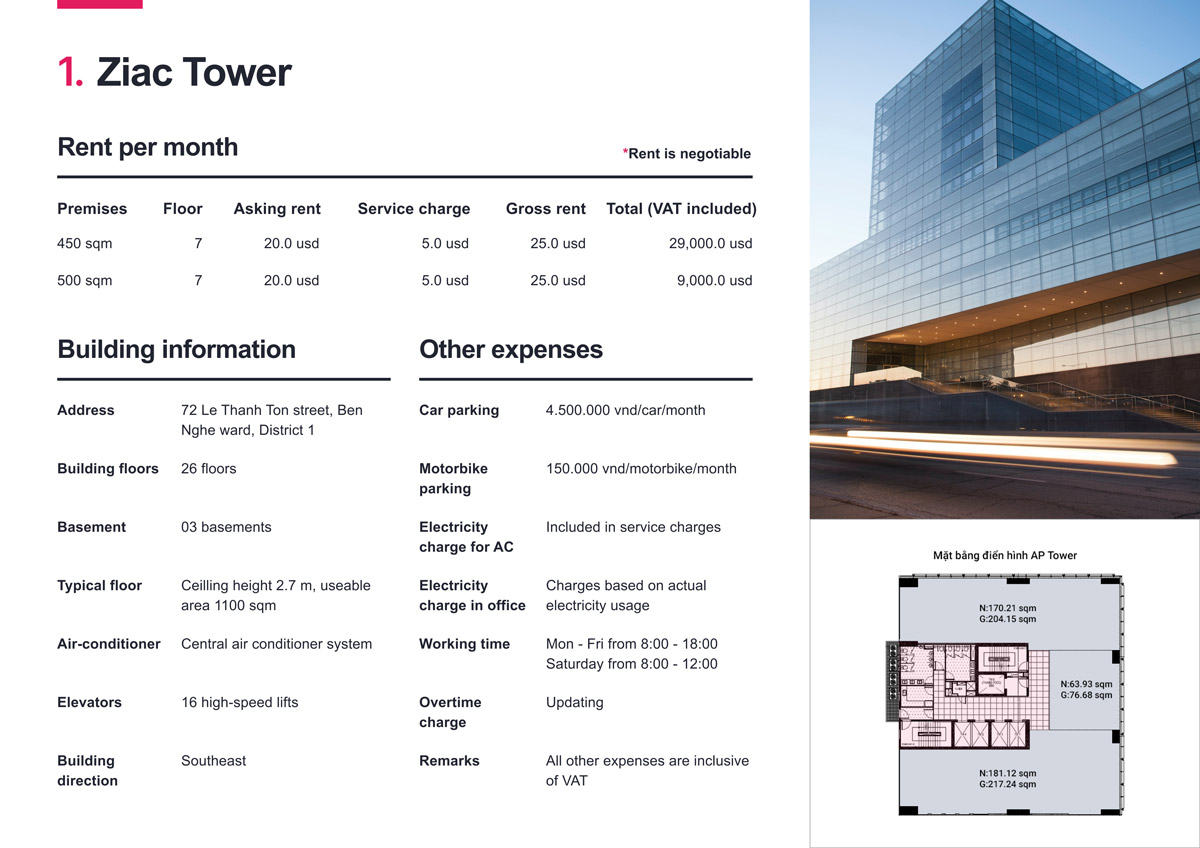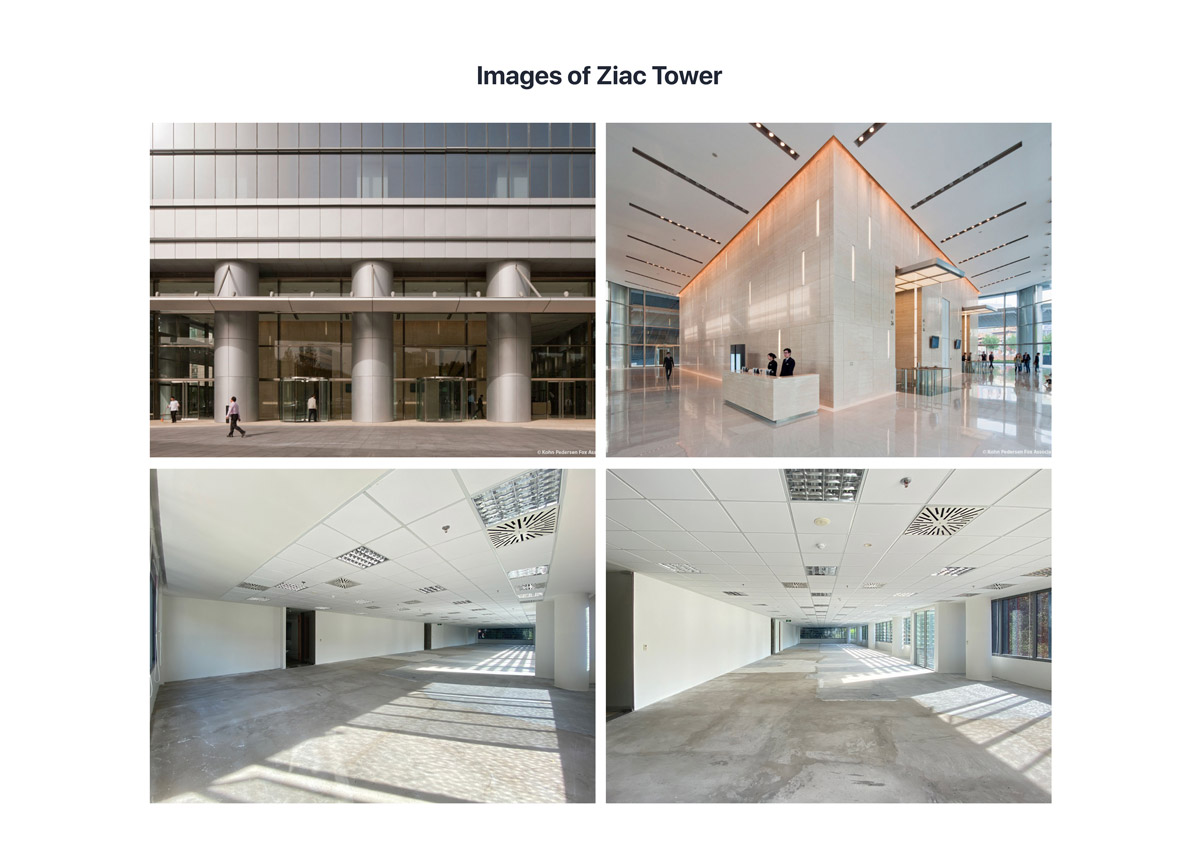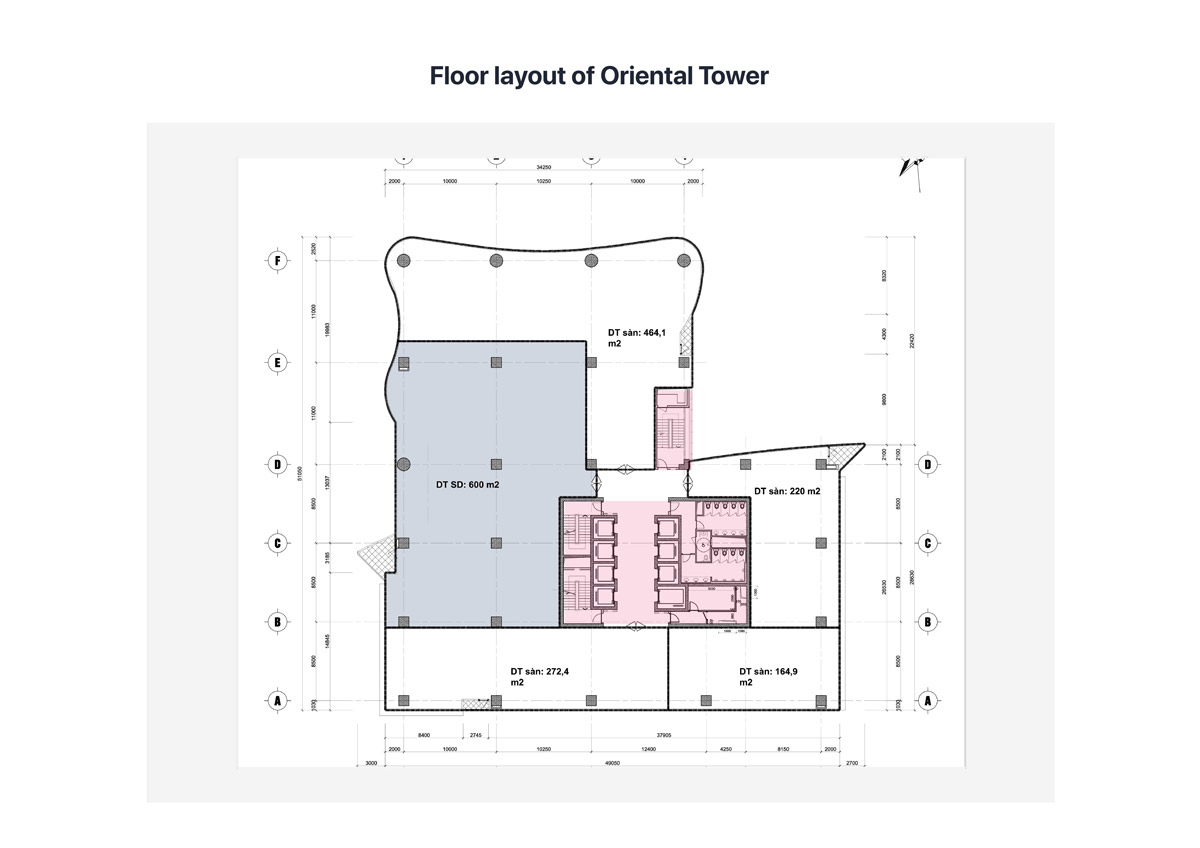What Is Building Management System (BMS system)?
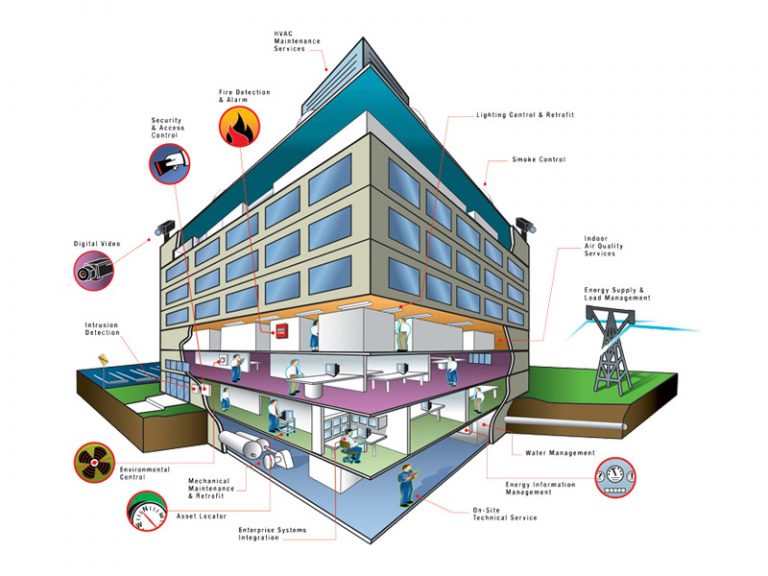
The Building Management System (BMS) for office buildings was created with the aim of making businesses that rent and use the building feel comfortable, convenient, and safe. This might simply be the office cooling system, elevators, electrical lighting, or even placing clocks in areas with high foot traffic.
However, in some cases, these services are integrated into a more complex, specialized, and modern management system. This system is called the Office Building Management System (BMS).
Table of Contents
- 1. What Is Building Management System?
- 2. Why buildings should use BMS for management
- 3. Benefits of the Building Management System (BMS)
- 4. Structure of the Building Management System (BMS)
- 5. Features of the Building Management System (BMS)
- 6. BMS Applications in Smart Building Management
- 7. Buildings Managed by the BMS System
1. What Is Building Management System?
BMS (Building Management System) is a smart office building management system that allows you to control and monitor technical equipment, operate electrical, water, ventilation, air conditioning, fire prevention and fighting, security systems, etc., synchronizing activities within the building.
What is the concept of BMS?
The Building Management System (BMS) includes:
– Artificial lighting and electric lighting systems.
– Office air temperature and circulation.
– Fire alarm systems.
– Server and data storage systems in the office.
– Elevators and movement systems within the building.
– Office supplies (such as printers, computers, projectors, etc.).
– Curtain systems and adjusting natural light from outside.
– Electrical and water systems in the office.
The BMS system helps the office’s energy source to be provided seamlessly
This system ensures that all operating activities in the office are monitored, tracked, and managed, even in the event of incidents. It also ensures that energy sources in the office (such as electricity, water, Internet, etc.) are supplied seamlessly and without interruption.
In this case, the term Building Energy Management Systems is used interchangeably with the BMS term we are exploring.
2. Why buildings should use BMS for management
The BMS system helps managers understand how to operate the building in the most appropriate way for tenants and office users. By utilizing available data, any off-sync element will be immediately adjusted to the correct standard.
The BMS system plays an important role in building management
The smart building management system helps integrate all aspects of the office into a single control panel. This allows building administrators to easily control and make necessary adjustments quickly.
The effectiveness of BMS depends a lot on the quality and quantity of data the system can access. For example, the system can capture the ideal office temperature through the data it collects.
Today, many buildings are applying BMS systems in the building management process
Nowadays, many buildings are applying BMS systems in their management process
Previously, BMS systems were usually only used for large commercial office buildings. Now, with the advancement of science and technology and the reduction in the cost of expensive equipment, more and more medium and small-sized office buildings are also using BMS for automatic management.
Families also use this system on a smaller scale, often referred to by the term Internet of Things (IoT).
3. Benefits of the Building Management System (BMS)
The BMS offers many benefits to building owners in the process of operation and data control:
– Better control and management of buildings.
– Data collection and reporting.
– Increased labor productivity.
– Easy feedback on operational issues.
– Reduced management and operation costs.
– More efficient use of office equipment, timely replacement of old or broken equipment.
– Reduction of greenhouse gas emissions.
– Improvement of office equipment lifespan.
– Increased building safety.
4. Structure of the Building Management System (BMS)
The structure of the Building Management System (BMS) is typically divided into 4 levels as follows:
4.1 Executive level
The executive level includes data collection devices (inputs) such as sensor systems, cameras, card readers, etc., and operating devices (outputs) like fans, air conditioners, lights, horns, bells, speakers, pumps, valves, motors, etc.
The structure of the building management system (BMS) is usually divided into 4 levels
Sensor devices at the executive level are often used to measure environmental parameters such as temperature, humidity, light, etc., and operational parameters of devices like electricity usage, water flow, etc. Operating devices at the executive level are often used to control devices in the building such as adjusting temperature, turning lights on and off, etc.
4.2 Control level
The control level is the intermediary between the executive level and the monitoring control level. Its task is to collect data from sensors at the executive level and send this data to the monitoring control level. The control level also controls the operating devices at the executive level according to commands from the monitoring control level.
Control devices at the control level are usually microprocessor controllers (DDC) or programmable logic controllers (PLC).
4.3 Monitoring control level
The monitoring control level is the intermediary between the control level and the management level. Its task is to collect data from the control levels and process this data to make control decisions.
Control and monitoring devices are usually computers or computer systems
4.4 Management Level
5. Features of the Building Management System (BMS)
6. BMS Applications in Smart Building Management
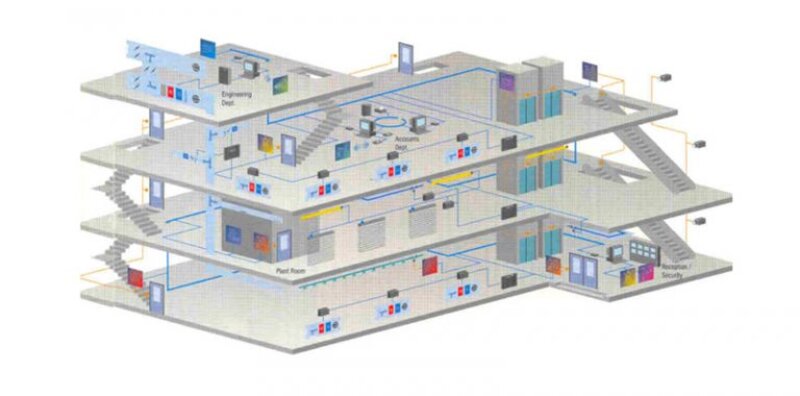
7. Buildings Managed by the BMS System


Editor and content team manager at Maison Office.
With over 5 years of experience in consulting and extensive content editing in the real estate services and interior design field. Sharing valuable information with customers, partners, and attracting millions of views.
